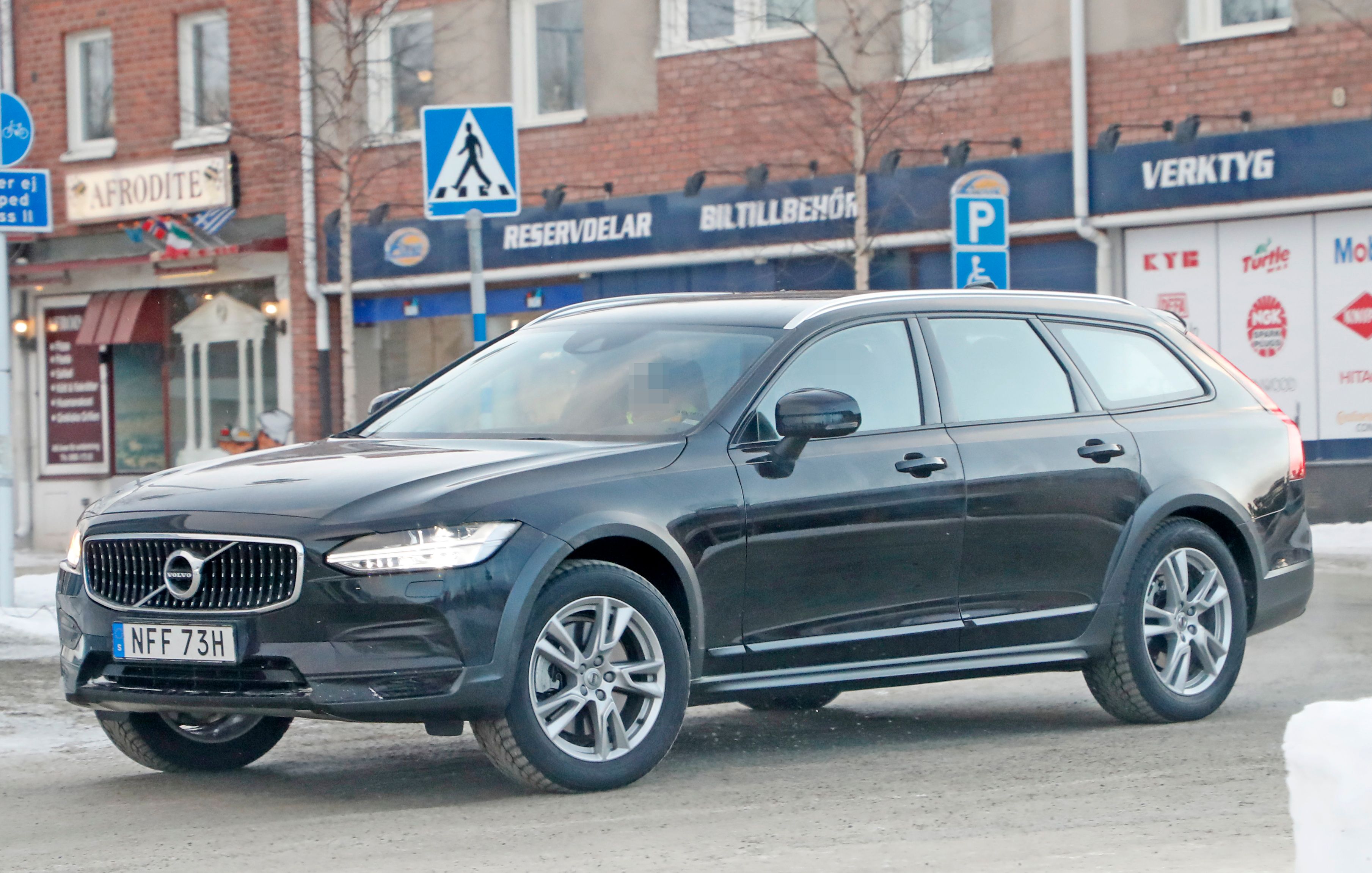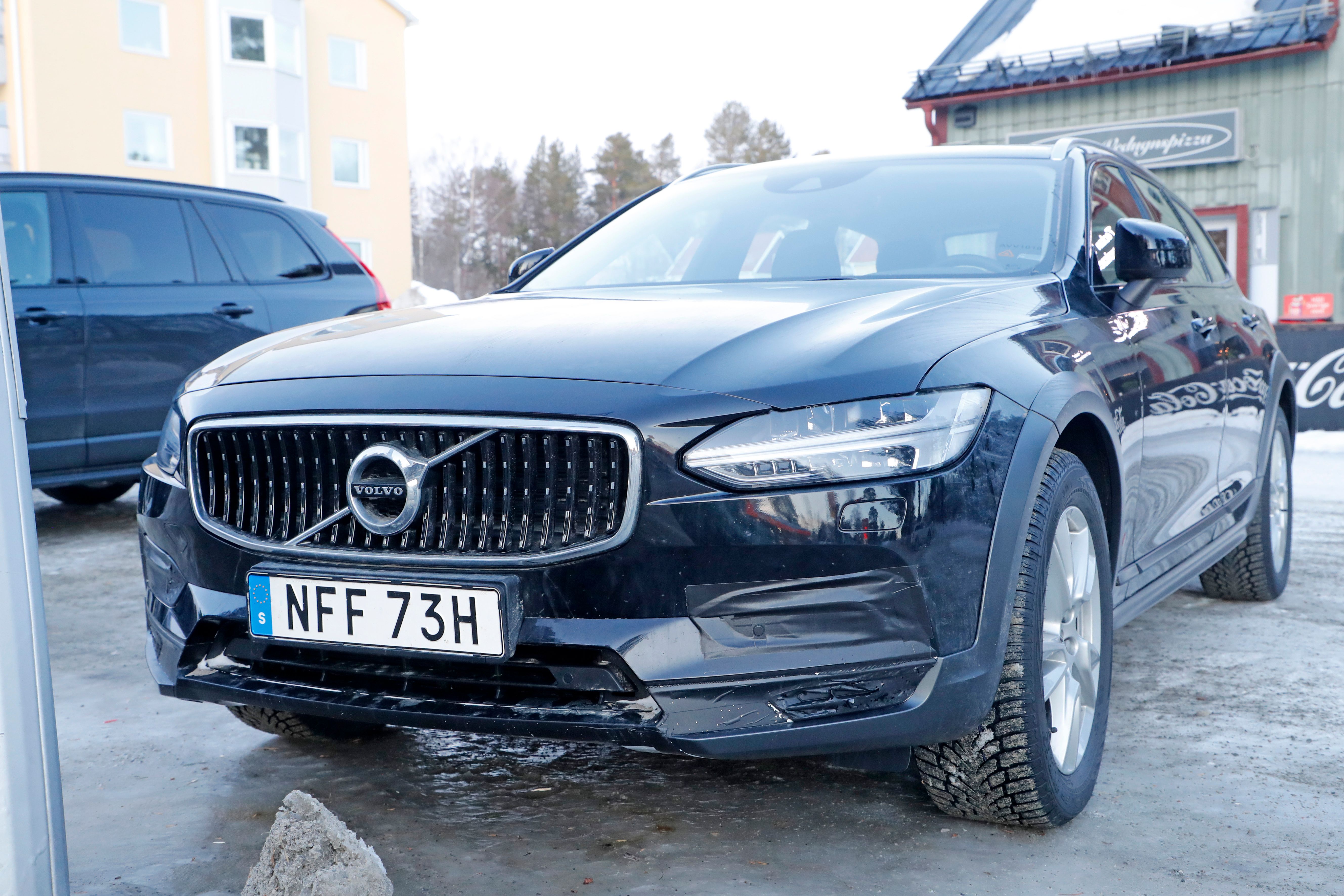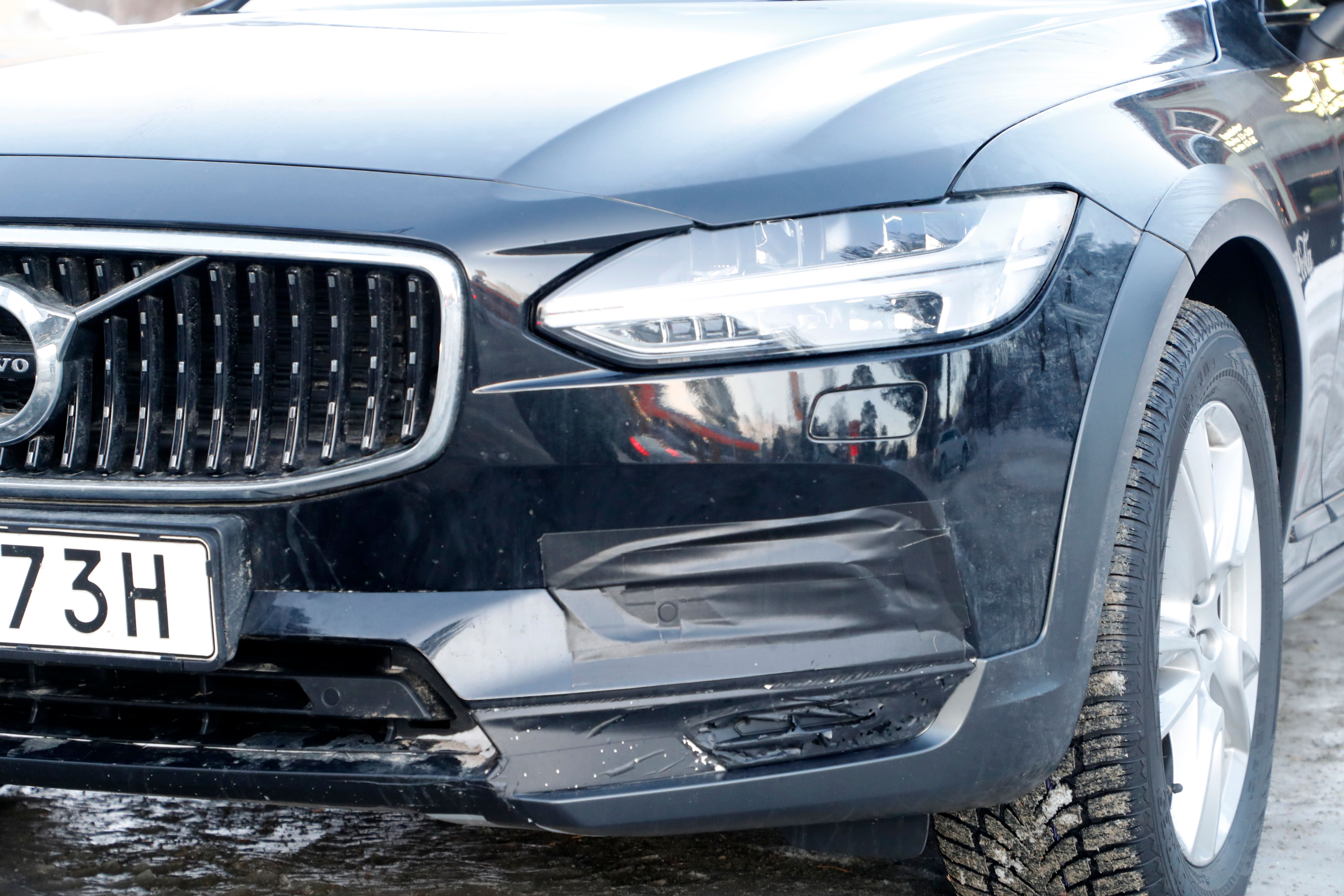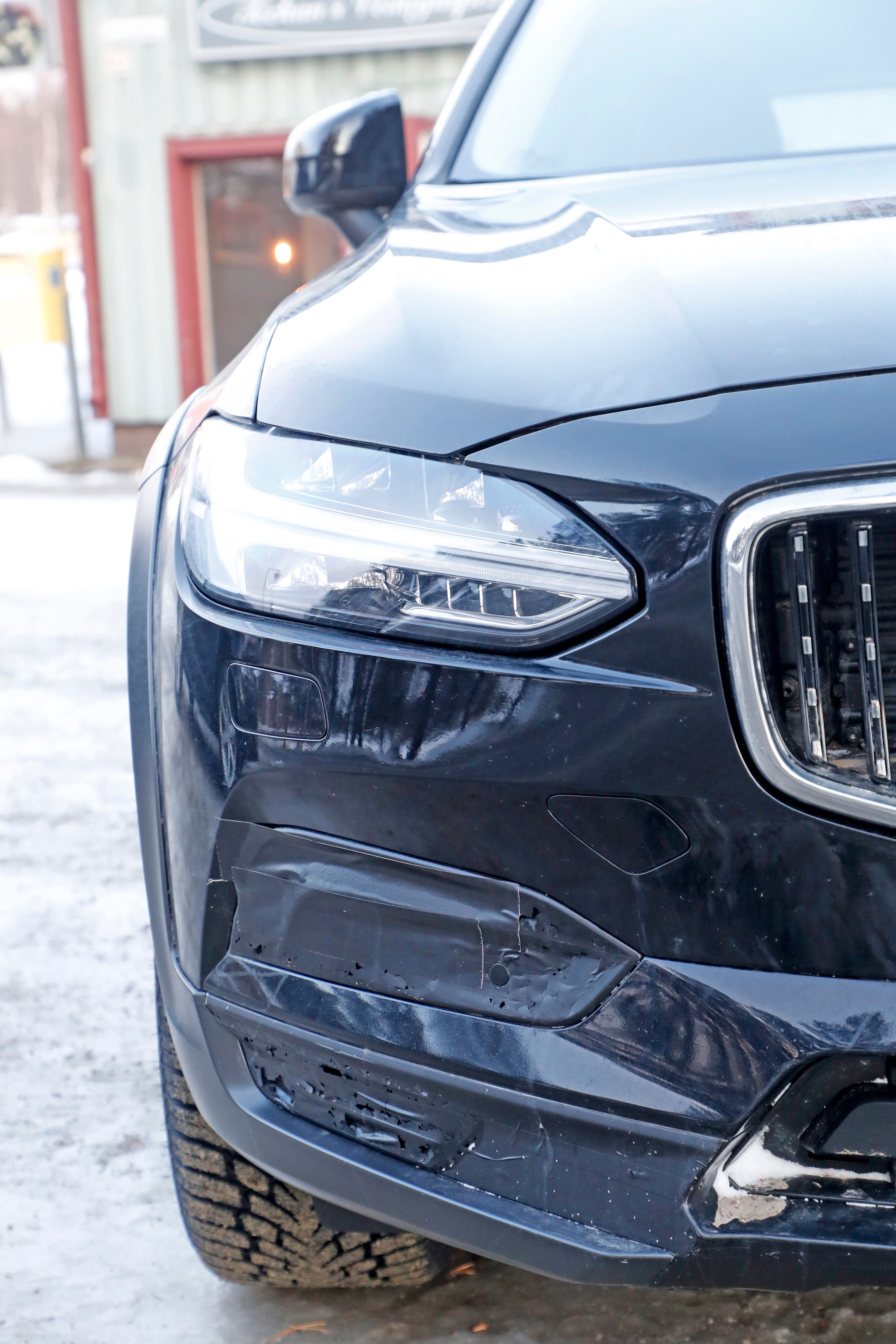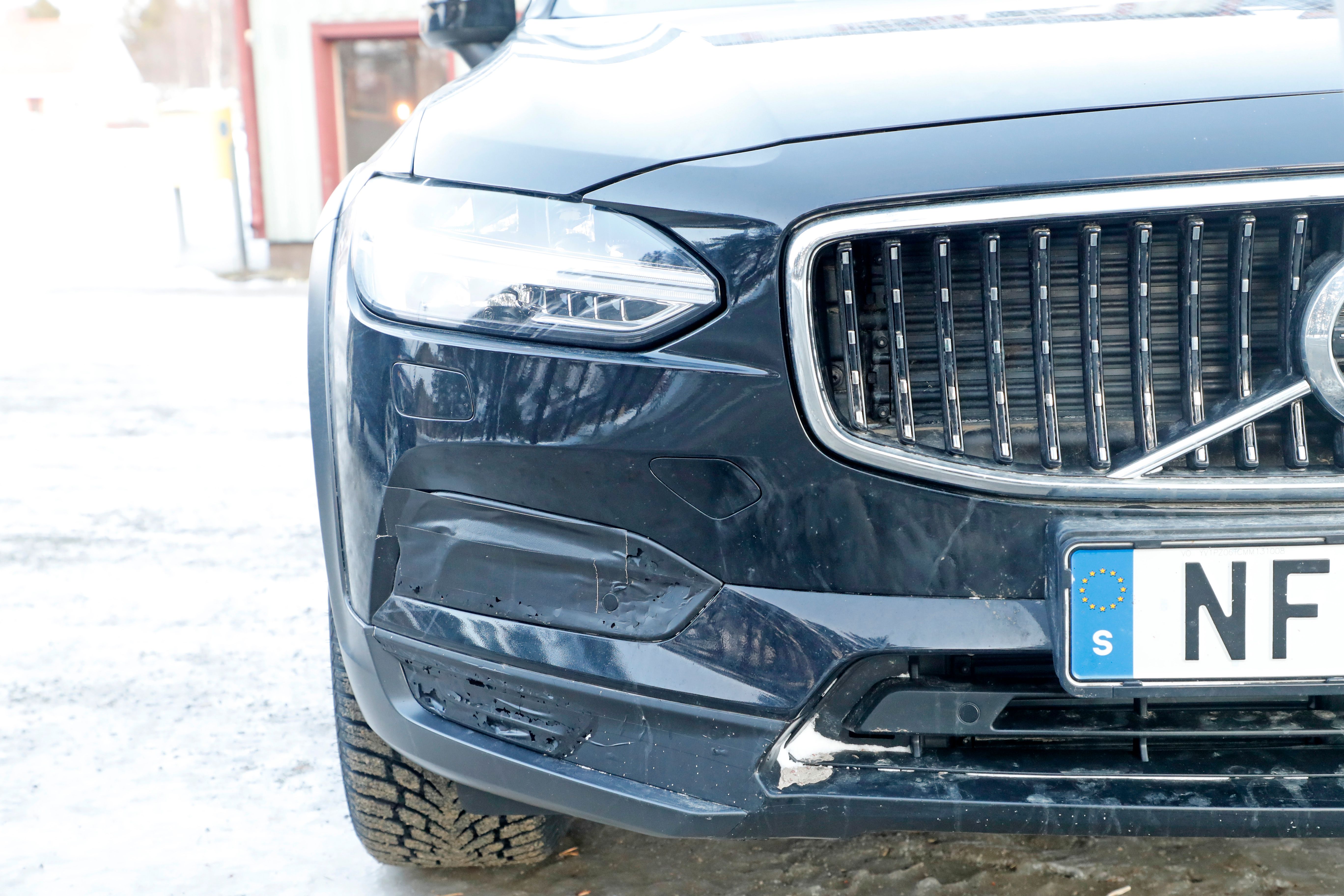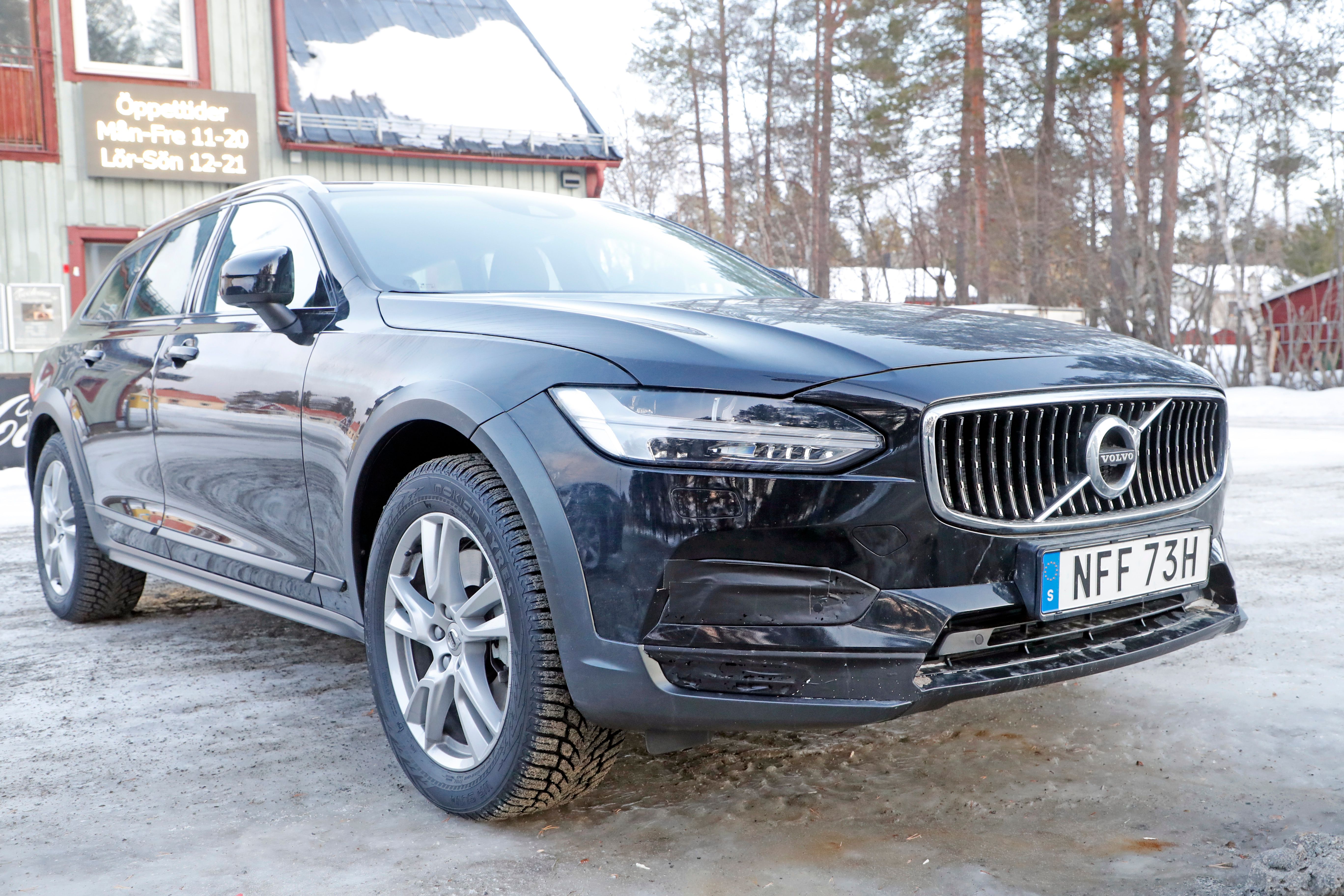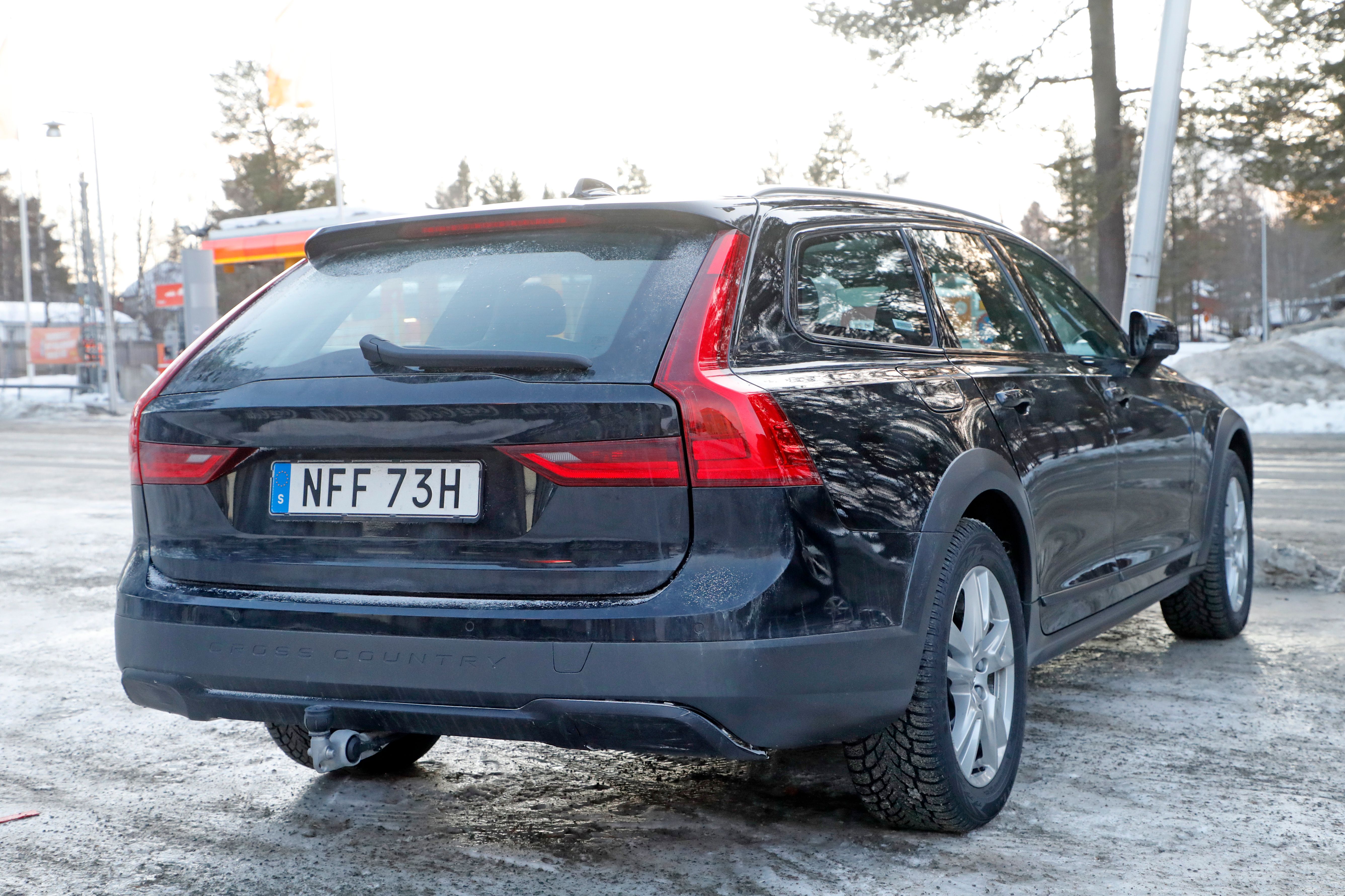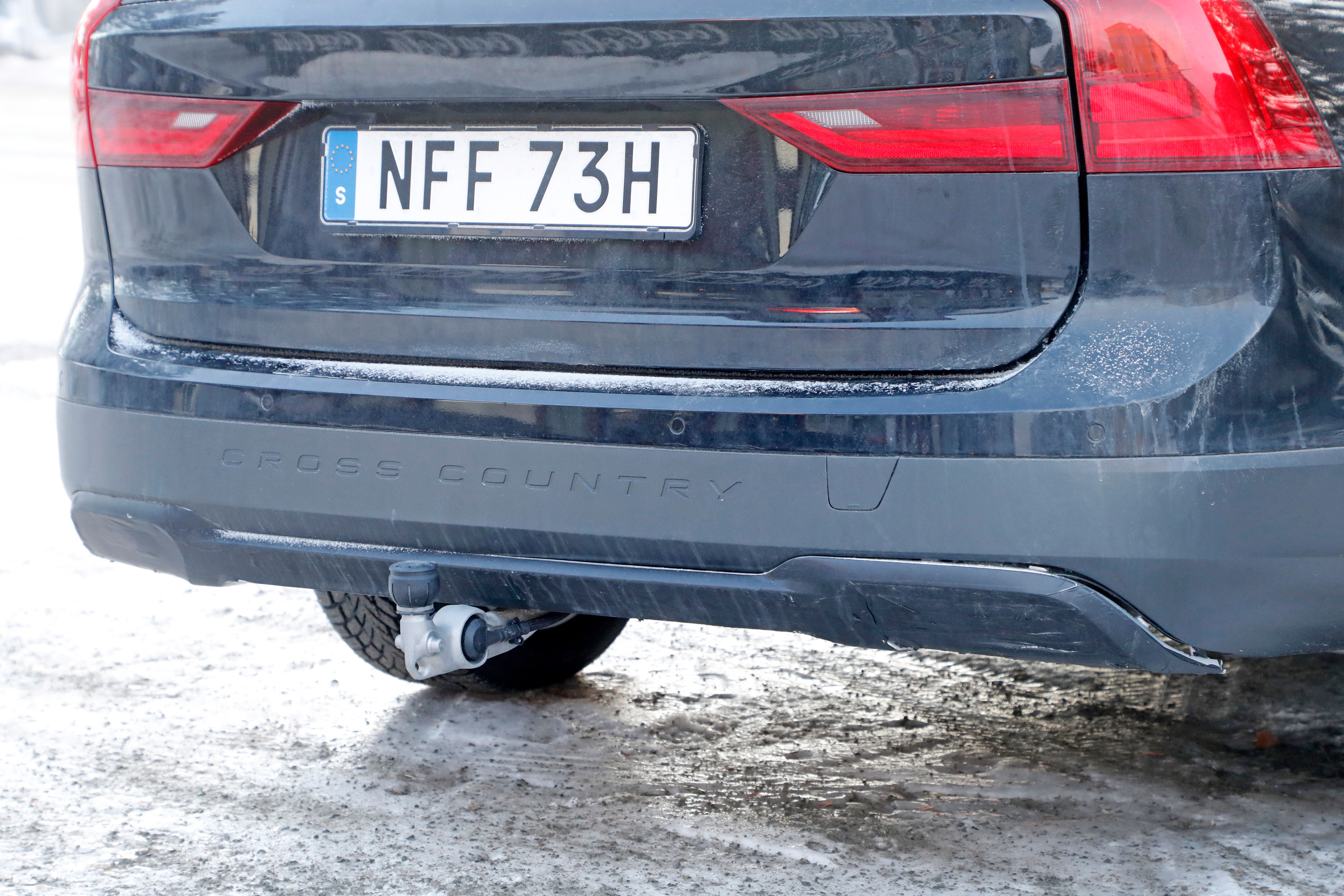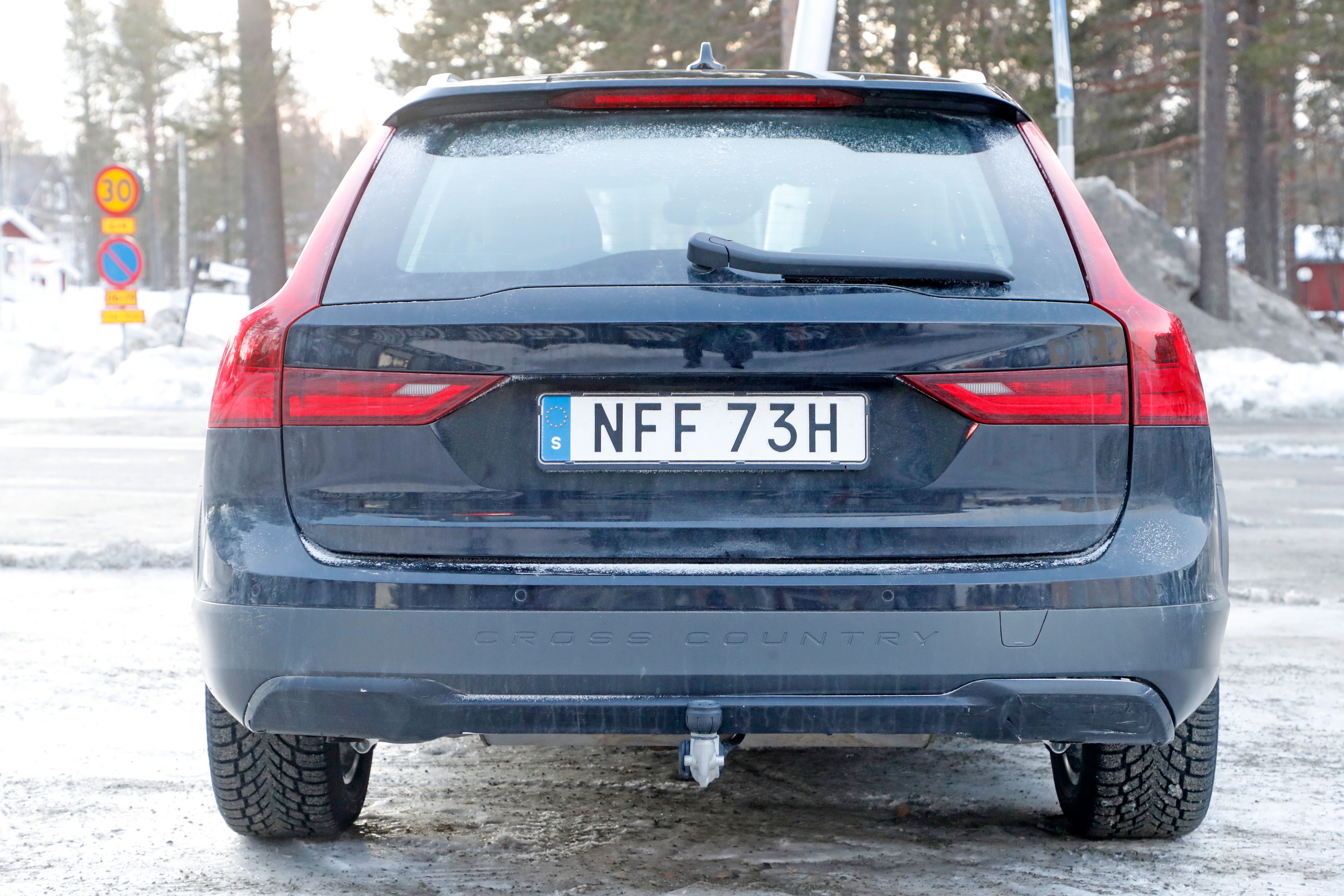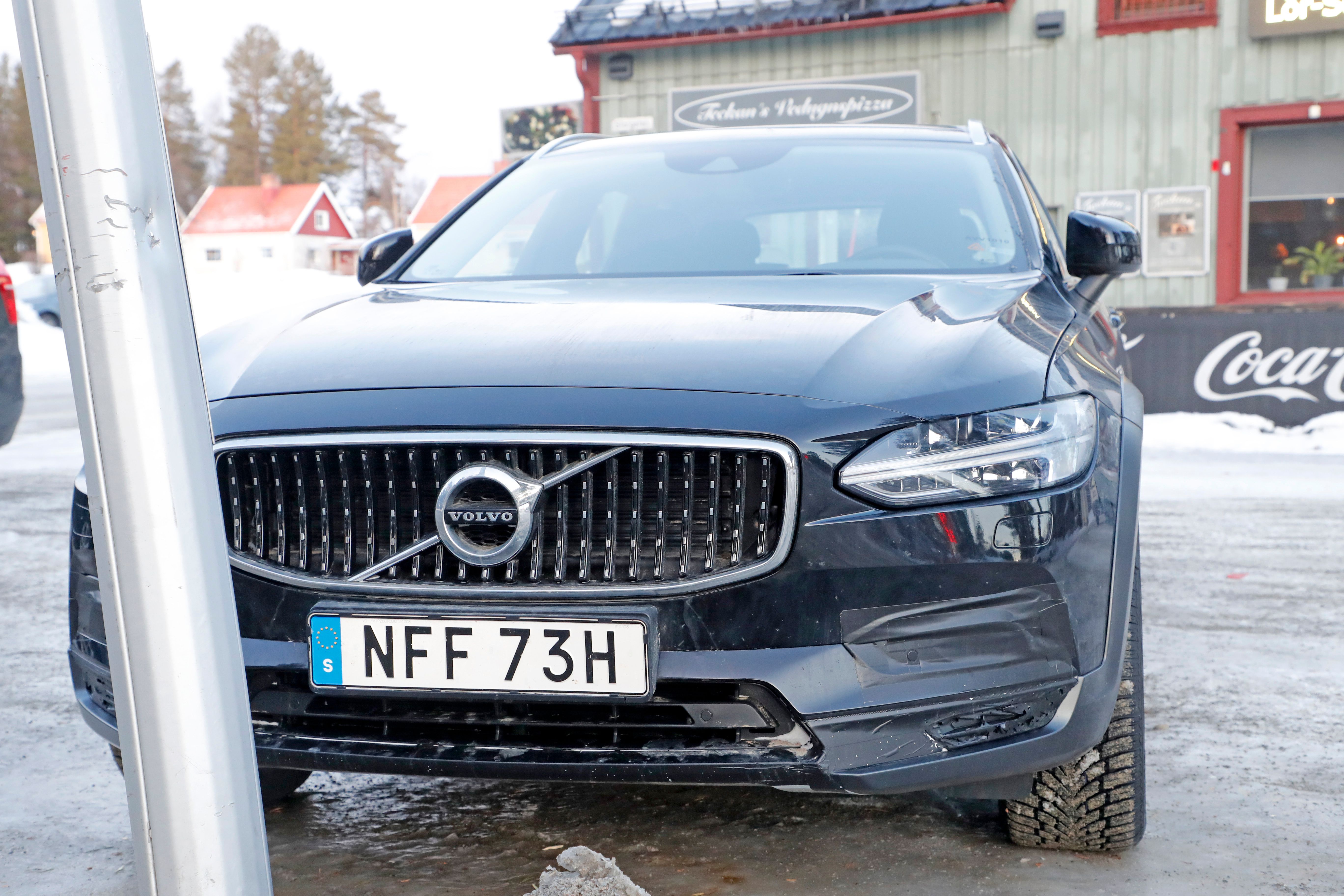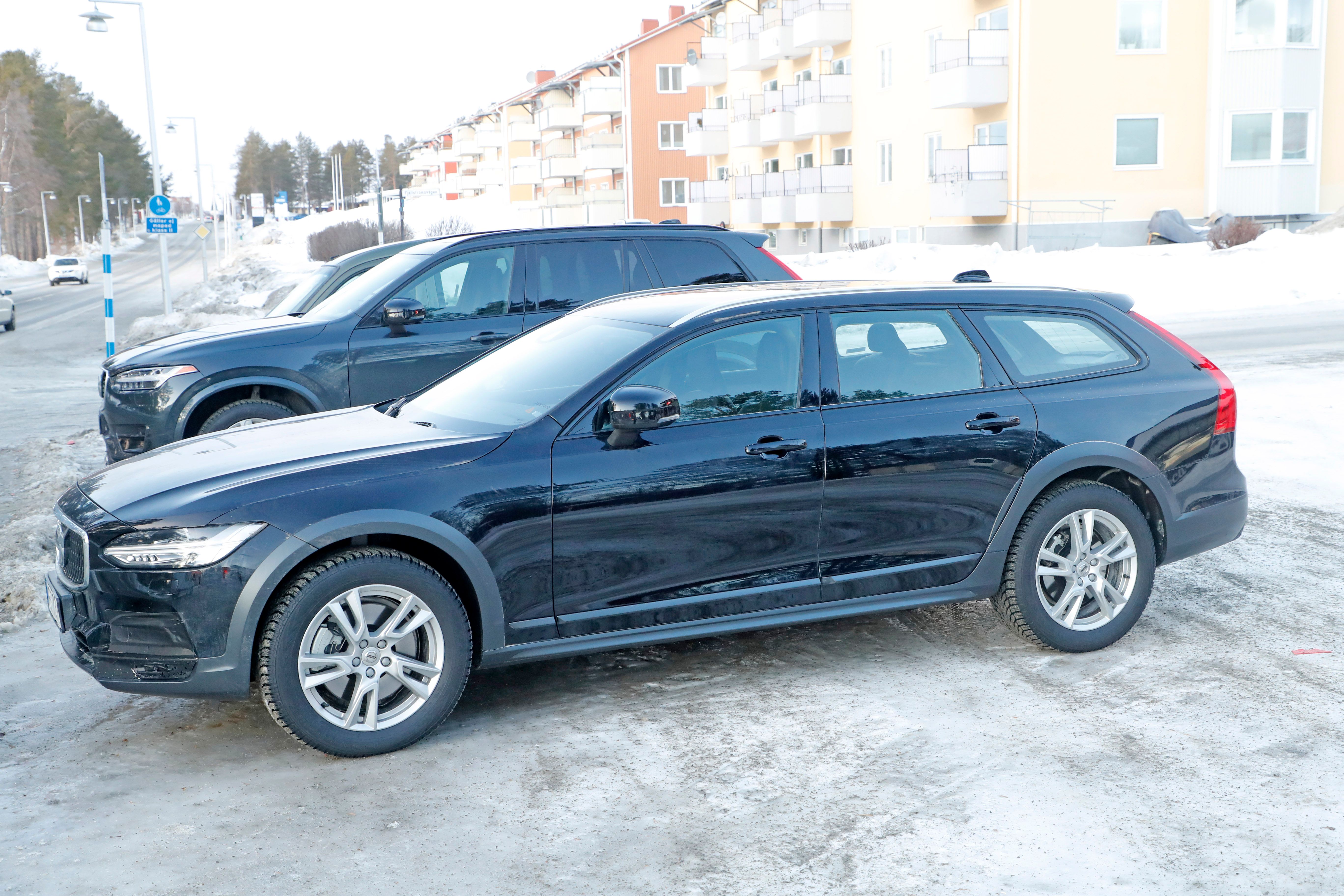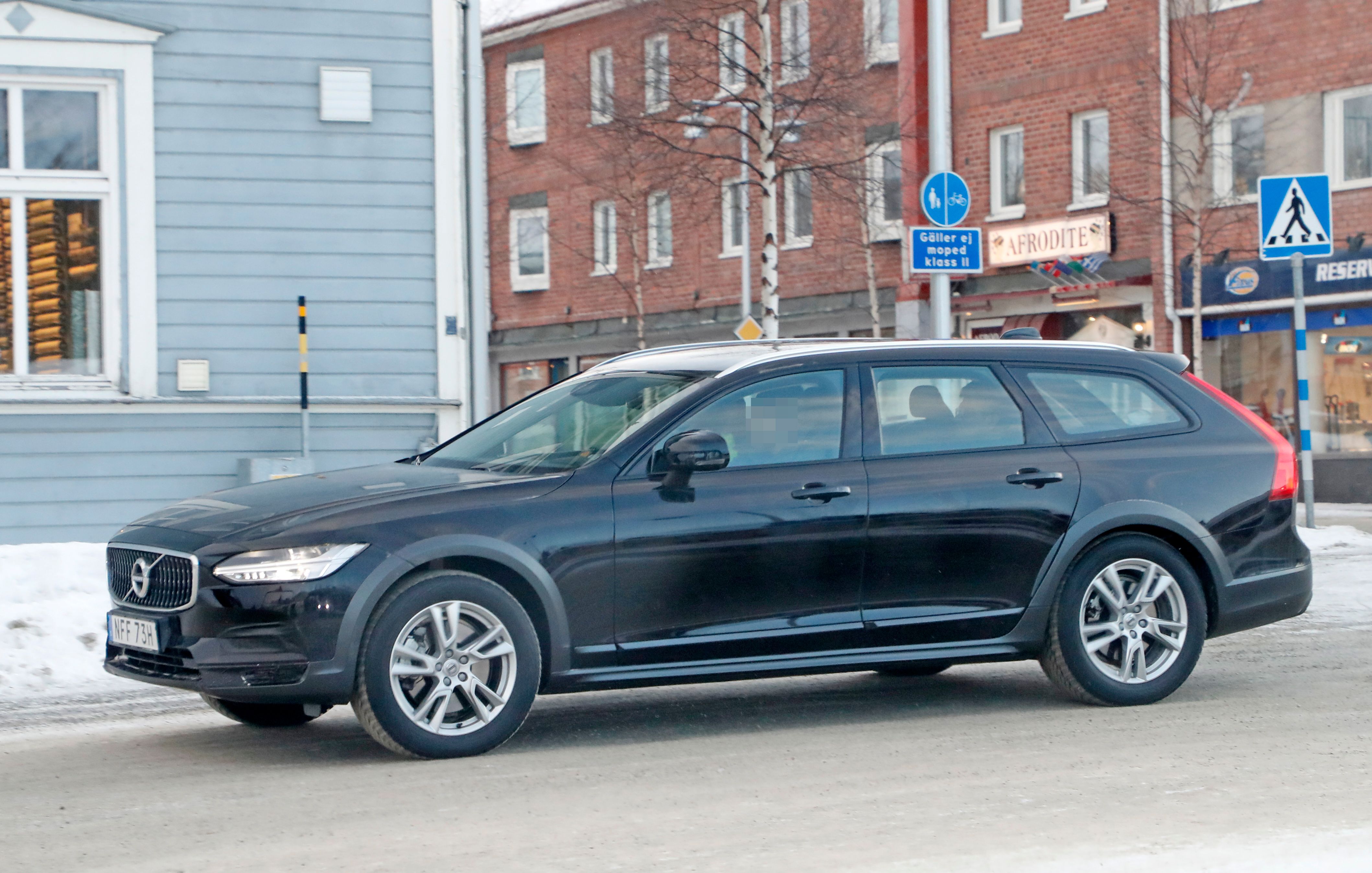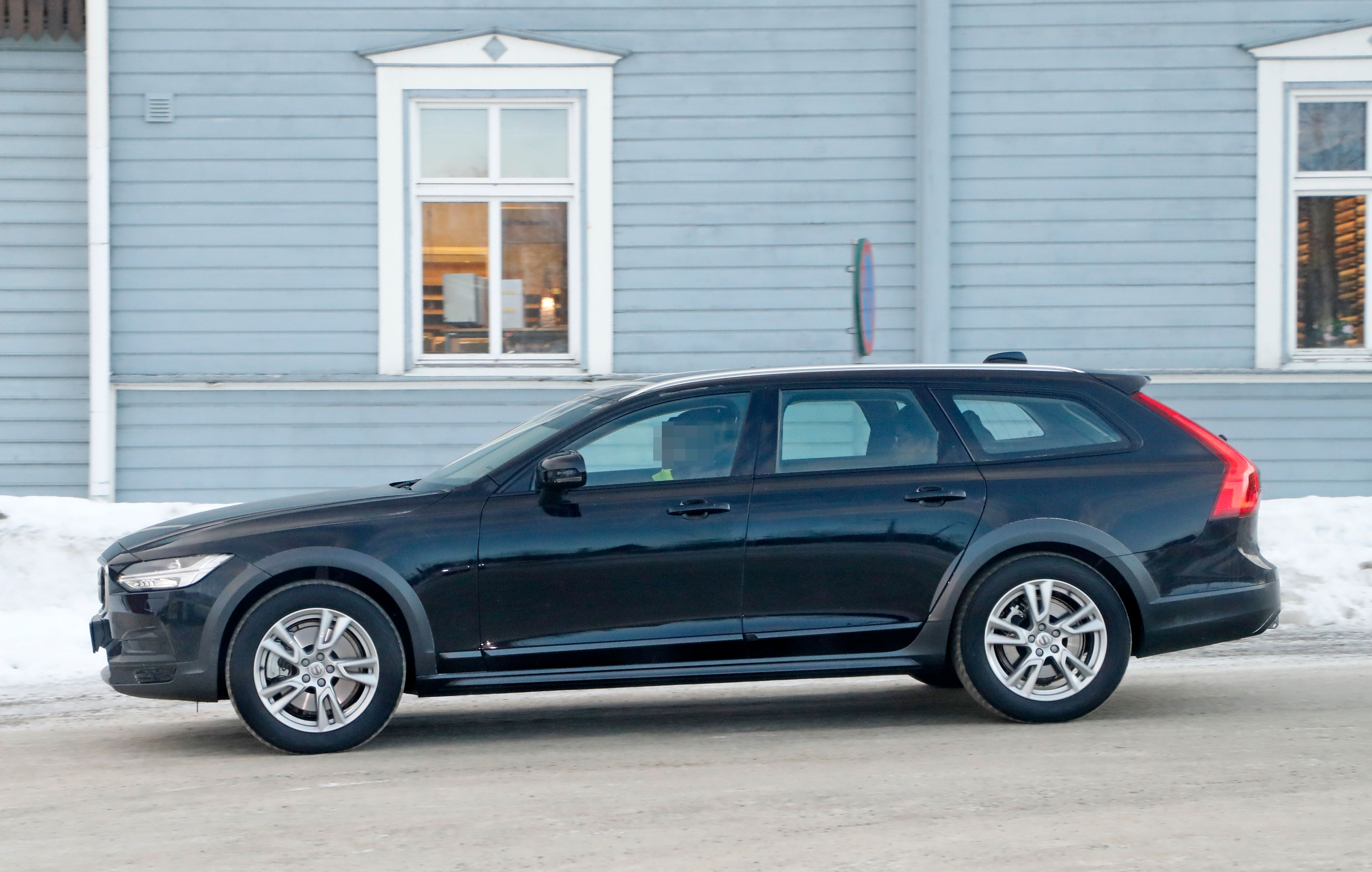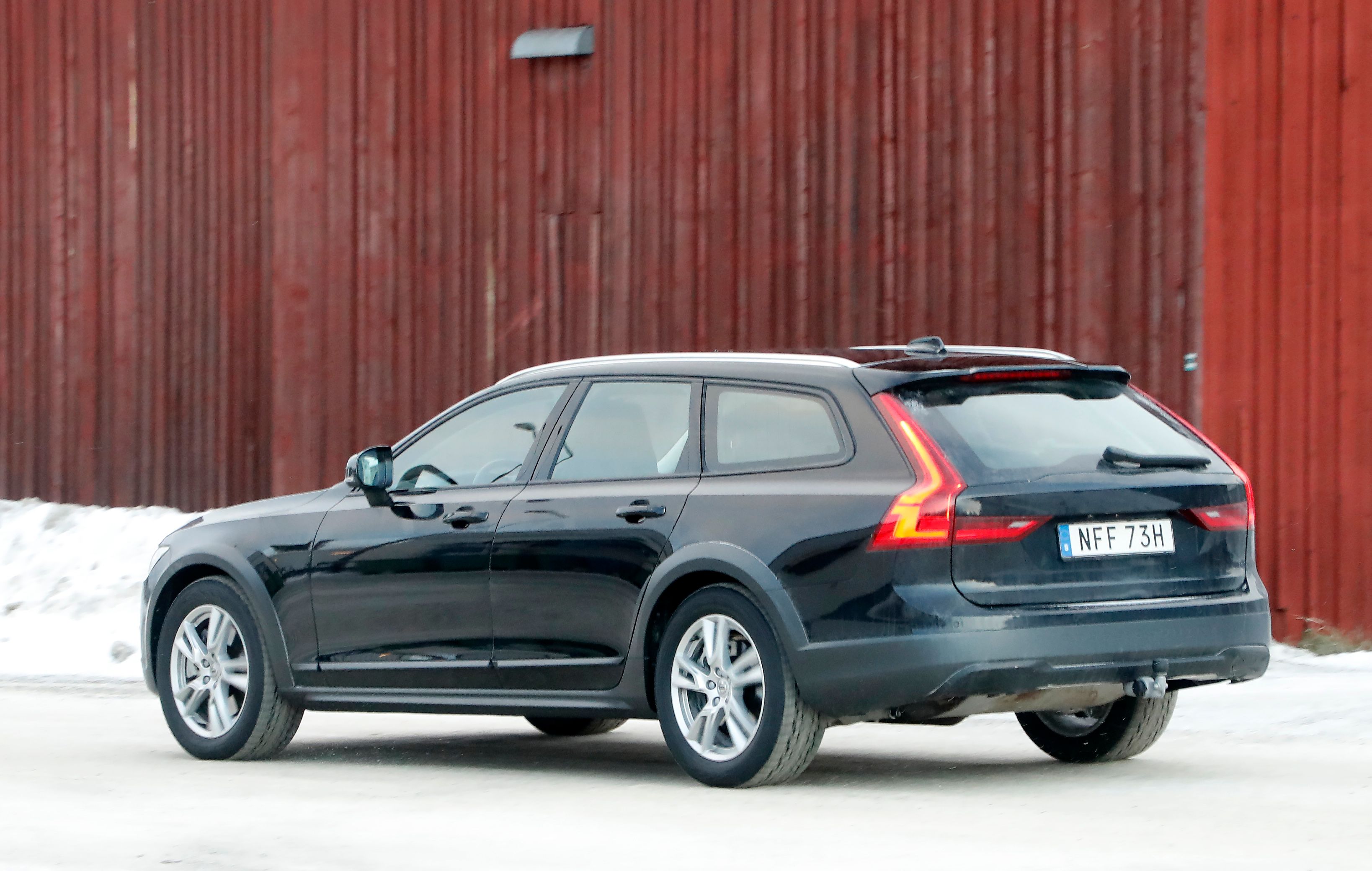With sedans dying down and people changing their preferences to more practical vehicles, wagons seem to be making a comeback. Although wagons are a hit in Europe, the same can’t be said for the U.S. market. The sales of wagons in the U.S. dropped so low in the last decade that automakers pulled the plug on them and decided to focus on SUVs of different sizes.
However, things seem to be changing for good and many carmakers have started putting in effort to make these haulers look a lot more desirable. Volvo is on the cusp of refreshing its complete 90 series, and the latest vehicle to get an overhaul is the V90 Cross Country. The changes are limited and it is just a mid-cycle refresh to boost the sales until the next-gen wagon hits the floors. Will it make an impact, though?
2021 Volvo V90 Cross Country
- Make: Array
- Model: 2021 Volvo V90 Cross Country
- [do not use] Vehicle Model: Array
Overview
Volvo might be whiling away its time to see if wagon sales will actually pick up or not. In that context, it makes sense to refresh the wagon instead of bringing an all-new model right away. Also, the current-gen is less than four years old, which is not a long time for a vehicle that doesn’t sell in huge numbers. But, on the contrary, Audi recently launched the 2020 RS6 Avant, and the wagon has garnered a lot of attention. The company also brought back the A6 Allroad, albeit with a hefty price tag. Jaguar also decided against retracting the XF Sportbrake from its lineup at the last minute and a newer model was spotted testing as well.
The new V90 Cross Country does not look radically different from the current model, but the automaker did hide the subtle changes it brings in on the bumpers and fog lamps. Now, Volvo did not have to make a lot of changes since its wagons looked elegant and sophisticated anyway; however, that doesn’t mean the company can take this segment lightly anymore. The wagon market is growing stronger and stronger by the day, and the Swedish automaker needs to keep its head up to make sure it does not fade away when the competition gets hotter. For now, the company has updated the wagon slightly and expects it to run for a couple more years. Do you think it will be able to?
Exterior
Up front, the wagon retains the same classy, elegant looks. However, it has started to look dated. The slim and sleek headlights feature the signature ‘Thor’ LED Daytime Running Lights. Under these are the headlights washers that peep out when engaged. The hood features creases on either side and a slight inward dip that gives this overall rounded-look some muscular effect.
The chrome border surrounding it looks premium since the company has not gone overboard with the dressing. The V90 Cross Country spotted here was painted black and the company made use of plain black tape to make things even trickier to comprehend. The air intake and fog lamps are covered, but from the shape and looks of it, I don’t think there will be any major design changes. The lip could be given a slight change to differentiate in from the present model, but don’t expect anything too drastic.
There is no overhang on either end and that makes a lot of difference. The side is devoid of any badges and looks rather plain-Jane. The only differentiating factors between this and the standard V90 are the ride height and the black plastic cladding.
The V90 Cross Country boasts an additional ground clearance of 65 mm when compared to its non-rugged twin. The black plastic cladding is called “Charcoal” in Volvo’s literature. It runs over the wheel arches and even on the side skirts.
Although I’m not a fan of chrome, bling on the window sills would’ve broken the monotony on this black wagon. Perhaps it will be offered on some particular trims. The B- and C- pillars are blacked out. The rear quarter glass is quite large, but it slopes upwards at the end. The way the windows curve at the end is nearly identical to the body shape of the rear, thus giving a neat finish to the D-pillar, and also accentuating the boomerang shape of the V90 Cross Country.
These dual-five-spoke wheels look absolutely dated. The wagon seems to be riding on 18-inch wheels with high profile tires. Expect larger wheels to be offered as an option. Bigger wheels with low profile rubber will give the V90 Cross Country a nice look.
However, that’s not the case here. Volvo has let it all out in the open and the taillights still feature the old design. Some prototypes earlier featured different taillight graphics and details, but this seems to be the same as the one on sale right now. It makes no sense and Volvo will, in all likelihood, upgrade the taillights with the V90’s sets before the facelift is launched. The Christmas-tree taillights remain the same. This design is going extinct and automakers prefer horizontal taillights these days. However, Volvo is persistent in using them and I’m not complaining.
The rear was spotted without any camouflage or tapes. A tow hitch ball peeps out from under the bumper. Interestingly, even the part where ‘Volvo’ should be present on the hood is conspicuously absent. Is the company planning to slap the logo here instead of the letters? There is no V90 badging anywhere as well.
Interior
The interiors, without a doubt, look dated. Currently, the V90, V90 Cross Country, and the S90 sedan share similar cabin layouts. They seemed fine when the current generation was launched, but not anymore. For instance, the start-stop knob needs to make way for a new design and a better placement. This is a very convenient position for the driver, but it needs to be out of reach of kids and other occupants. The V90 Cross Country is low slung and short. So, even though there is oodles of space on the inside, ingress and egress won’t be as easy as in, say, SUVs. On the flip side, that makes the ride feel more balanced.
The biggest strides that automakers have taken in terms of technology is seen in their infotainment systems. I’m not comparing this to the advancements in any other aspect, but only what’s accessible directly to the customers. Volvo was one of the earliest adopters of the ‘touch future’ and featured a vertically-slotted touchscreen system that offered a host of features that could be controlled by this. However, the company’s lethargy made sure that Volvo was no more known for tech-savvy interiors. Volvo has remained where it is in terms of technology whereas the competition has gone way past it.
The Volvo V90 Cross Country is mighty spacious on the inside. As there are no changes made to the body, and the dimensions will remain the same.
Even though the rear slopes down a bit at the rear, the headroom in the rear doesn’t get affected. It comes with a healthy cargo space as well. With a cargo space of 19.8 cubic-feet at your disposal with all seats in place, the V90 Cross Country can swallow your luggage easily. Flip down the rear seats and you’ll have 53.9 cubic-feet of space available. That said, this is not the best out there. The Mercedes E-Class wagon offers 20.5 and 57.4 cubic-feet of space with all seats in place and flipped down respectively.
Drivetrain
The wagon is offered with a single-engine in two different states of tune. The first one is a 2.0-liter, four-cylinder turbocharged engine that makes 250 horses and 259 pound-feet of torque. This engine is available in the lower trims and power is sent only to the front wheels. Here, the wagon takes 7.1 seconds to sprint to 60 mph from a standstill. Fuel economy is rated at 27 miles per gallon.
In the higher trims, Volvo offers the same engine, but with an extra supercharger that doles out 316 ponies and 295 pound-feet of torque. Power is sent to all the wheels here via the same eight-speed Aisin automatic transmission that’s used in the lower trims as well. Volvo claims a fuel economy of 25 miles per gallon with the mill in this state of tune. A sprint to 60 mph from naught takes six seconds flat. In the case of the standard V90, the same engine takes 5.6 seconds. The difference is because the V90 Cross Country rides higher than its twin. It is a slouch when compared to the Mercedes E-Class wagon that can do the same sprint in around five seconds.
The addition of a mild hybrid system is the only update we are expecting in this department. Given that the XC90 received a few technical updates, Volvo could follow the same suit in case of this wagon as well. The new update is the addition of a kinetic energy recovery braking system that, according to the company, can save up to 15-percent fuel in real-world driving conditions. In the European markets, the V90 Cross Country is available in other flavors as well.
In the base model, it makes 187 horses and 295 pound-feet of torque. Power is sent to either the front wheels or all the wheels. In the higher trim, the same engine makes 225 ponies and 347 pound-feet of twist. However, all of them are four-pot mills and they can never match the refinement of bigger engines.
When asked to choose between a four-banger with a supercharger and a six-cylinder without one, I’m picking the latter seven days a week. So, in that aspect, the four-cylinder engine is a bummer irrespective of its power outputs.
Prices
The Volvo V90 Cross Country shouldn’t see much of a price hike given the limited updates. The current model starts from $54,550.
Competition
Audi A6 Allroad
Until recently, the V90 Cross Country would be pitted against a much cheaper A4 Allroad. However, now that Audi has confirmed that the A6 Allroad would be coming back, the V90 Cross Country will have a new rival. The A6 Allroad is stylized with a Bane mask-inspired singleframe grille upfront. The other design elements are in line with other Audi products and the wagon is proportionate from all the angles.
It comes standard with 20-inch wheels that give it a slight edge over the V90 Cross Country’s 18-inch wheels. On the inside, the center console looks asymmetric and funky, but it’s functional. Even on the space front, the wagon doesn’t disappoint.
Under the hood, the A6 Allroad comes with a 3.0-liter, V-6 turbocharged engine that churns out 335 horses and 369 pound-feet of torque. Power is sent to all the wheels and the wagon takes 5.1 seconds to sprint to 60 mph from a standstill. The Audi A6 Allroad is sold with a starting price tag of $65,900.
Read our full review on the 2020 Audi A6 Allroad
Mercedes-Benz E-Class Wagon
This E-Class Wagon is slightly more accomplished than the V90 Cross Country in almost all the departments. This vehicle is not as relaxed or sleeper-looking as its Scandinavian counterpart and will attract people looking for more bling. On the inside, there’s a panoramic 12.3-inch screen that controls navigation, entertainment, and many comfort settings.
The biggest difference here is that the Mercedes E-Class Wagon comes with a rear-facing third-row as well! It is powered by a 3.0-liter, V-6 biturbo engine that makes 362 horses and 369 pound-feet of torque. Power is sent to the wheels via a nine-speed automatic transmission. As for the 0-60 mph figure, the Mercedes E-Class wagon takes 5.1 clicks to complete the sprint. The wagon starts retailing from $66,100.
Read our full review on the 2020 Mercedes-Benz E-Class Wagon
Conclusion
The V90 Cross Country is perhaps the most affordable model when compared to the competition. While the Scandinavian design looks elegant and timeless, the facelift doesn’t bring about a lot of changes. So, you will feel as though you’re driving a four-year-old model.
The interiors are nothing to write home about. The engine options are practical from the fuel efficiency standpoint and offer enough grunt to potter around with ease. But, as a purist, a four-cylinder mill on steroids will never sound pleasing. The rivals offer a six-pot engine with higher power outputs. However, a mild-hybrid system can be expected with this facelift and that may further reduce the running costs. At the end of the day, the Volvo offers better bang for the buck, but you’ll need to compromise on the performance front.

